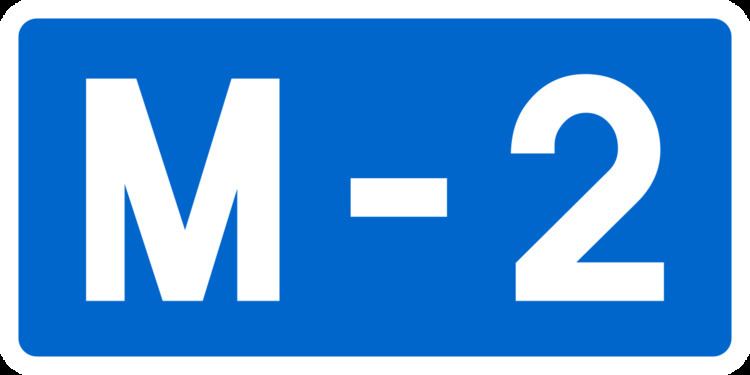Existed: 1971 – present Constructed 1971 | Length 358.6 km | |
 | ||
M-2 highway (Montenegrin: Magistralni put M-2) is a Montenegrin roadway.
The M-2 highway runs through many city centres, notably along the Montenegrin coast (i.e. Herceg Novi, Kotor, Budva), the Montenegrin capital (Podgorica), as well as throughout the north (i.e. Kolašin, Berane, Rožaje). Many of the main highways in Montenegro also have junctions along this highway. The M-2 highway is thus considered the "backbone of the Montenegrin road network".
History
Construction on the M-2 highway began in 1953. Construction finished in 1971.
On 27 March 2014, the Ministry of Transport and Maritime Affairs realigned the M-2 highway to its current alignment. Regional road R-22 was declared defunct and its route integrated into the M-2. As a result of the realignment, the M-2 no longer serves the Tivat Municipality. Instead, the Vrmac Peninsula (and thus the Tivat Municipality) is bypassed via the Vrmac Tunnel, connecting Radanovići to Kotor. The pre-realignment route from Radanovići and Lepetane (Ferryboat) was reassigned to the newly formed M-2.1 highway, while the remaining route between Lepetane and Škaljari was downgraded to a municipal road.
